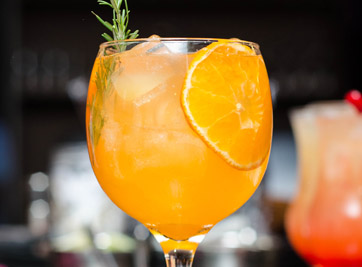
Identifiers
INS No. 161b(i); Lutein from Tagetes erecta
INS No. 161b(ii); Tagetes extract
INS No. 161b(iii); Lutein esters from Tagetes erecta
INS No. 161h(i); Zeaxanthin (synthetic)
Tagetes (Aztec marigold) extract
Corn endosperm Oil
Xanthophyll
E 161b; Lutein
Physical Description
Lutein occurs as a free-flowing, orange-red powder. It is the purified fraction obtained from saponification of the oleoresin of Tagetes erecta L. Lutein from Tagetes erecta L. is a purified extract of xanthophylls obtained from marigold oleoresin. The oleoresin is prepared from hexane extracts of marigold (Tagetes erecta L) flowers, saponified with potassium hydroxide in either methanol or propylene glycol. The resulting crystalline material contains lutein, and minor components including other carotenoids and waxes.
Tagetes extract occurs as a dark yellow to brown liquid. The major coloring principles are lutein and helenien (dipalmitate of lutein) and they are obtained by the hexane extraction of dried petals of Tagetes erecta L., with subsequent solvent removal. Lutein esters from Tagetes erecta is obtained by solvent extraction of dried petals of Tagetes erecta L., further purification and subsequent removal of solvents under vacuum.
Common Uses
Lutein esters from Tagetes erecta and lutein from Tagetes erecta can be used as food colors in a wide range of baked goods and baking mixes, beverages and beverage bases, breakfast cereals, chewing gum, dairy product analogues, egg products, fats and oils, frozen dairy desserts and mixes, gravies and sauces, soft and hard candy, infant and toddler foods, milk products, processed fruits and fruit juices, soups and soup mixes.
Specifications
JECFA
US FDA
Codex GSFA Provisions
The Codex Alimentarius Commission has adopted lutein from Tagetes erecta (INS 161b(i))in the General Standard of Food Additives for use in 2 food categories and zeaxanthin, synthetic (INS 161h(i)) in 1 food category. Lutein esters from Tagetes erecta (161b(iii)) is a food additive that is included in Table 3 of the GSFA, and as such may be used in specified foods under the conditions of good manufacturing practices (GMP) as outlined in the Preamble of the GSFA.
Regulatory Approvals
Safety Reviews
Safety evaluation of certain food additives (Eighty-sixth meetingof the Joint FAO/WHO Expert Committee on Food Additives) WHO food additives series No. 77, 2020. Available online
EFSA Panel on Food Additives and Nutrient Sources added to Food (ANS); Scientific Opinion on the re-evaluation of lutein (E 161b) as a food additive on request of the European Commission. EFSA Journal 2010; 8(7):1678 [57 pp.]. Available online